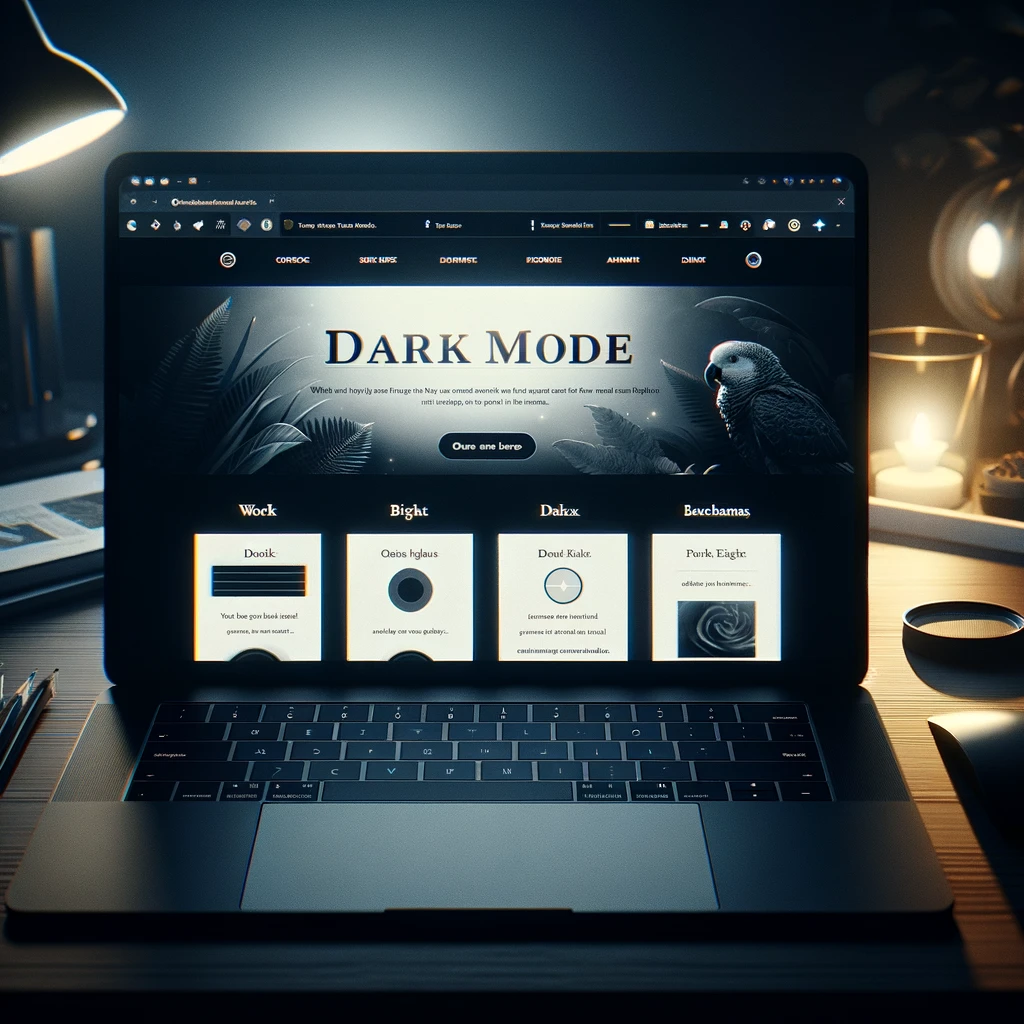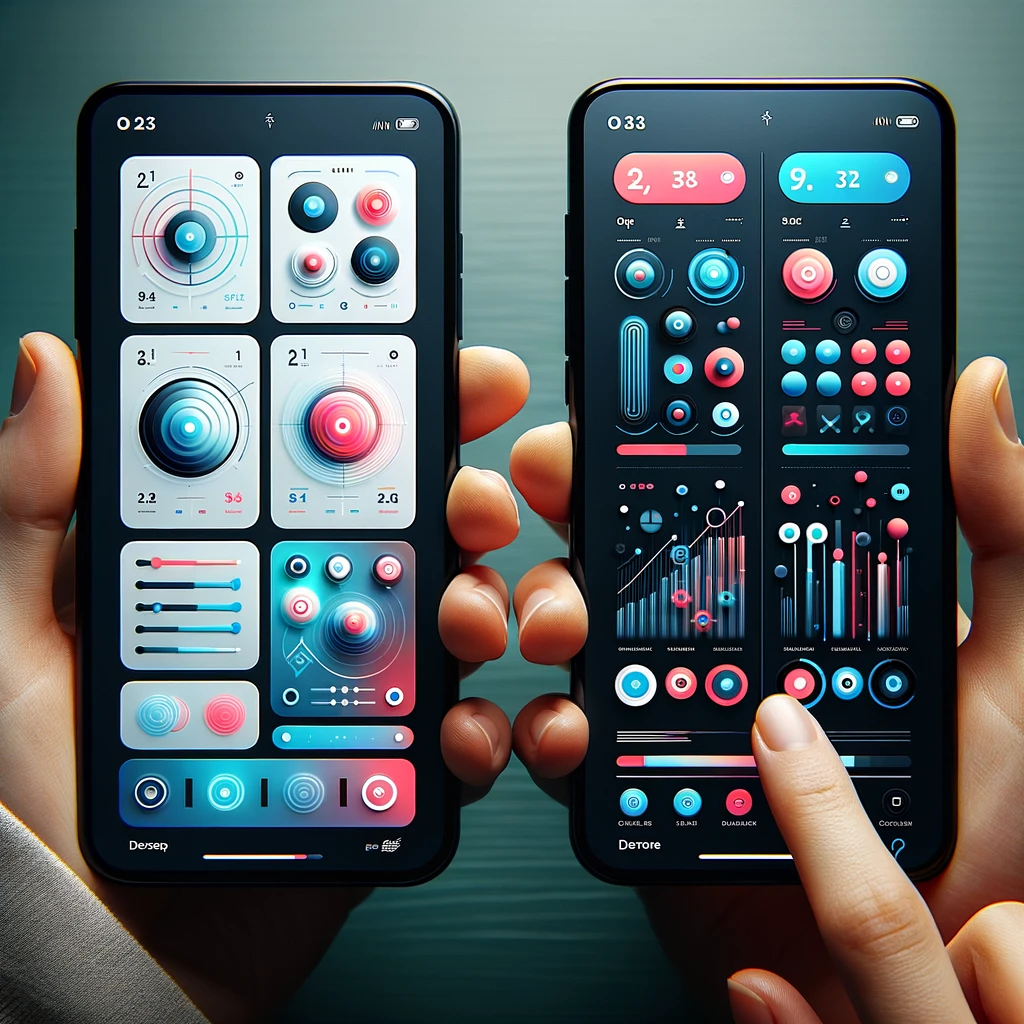Reading time: 3 minutes.
As we delve into 2024, the landscape of User Interface (UI) and User Experience (UX) design is continually being reshaped by technological advancements, changing user expectations, and emerging design philosophies. In this dynamic environment, UI designers must stay abreast of the latest trends and innovations to create interfaces that are not just visually appealing but also intuitive and user-centric. Whether it’s leveraging the latest in animation technology, integrating voice user interfaces, or ensuring accessibility for all users, the challenge is to balance aesthetics with functionality. This article presents ten essential tips for UX UI design in 2024, offering insights into how to make your designs stand out while addressing the evolving needs of users and the industry’s shifting paradigms.
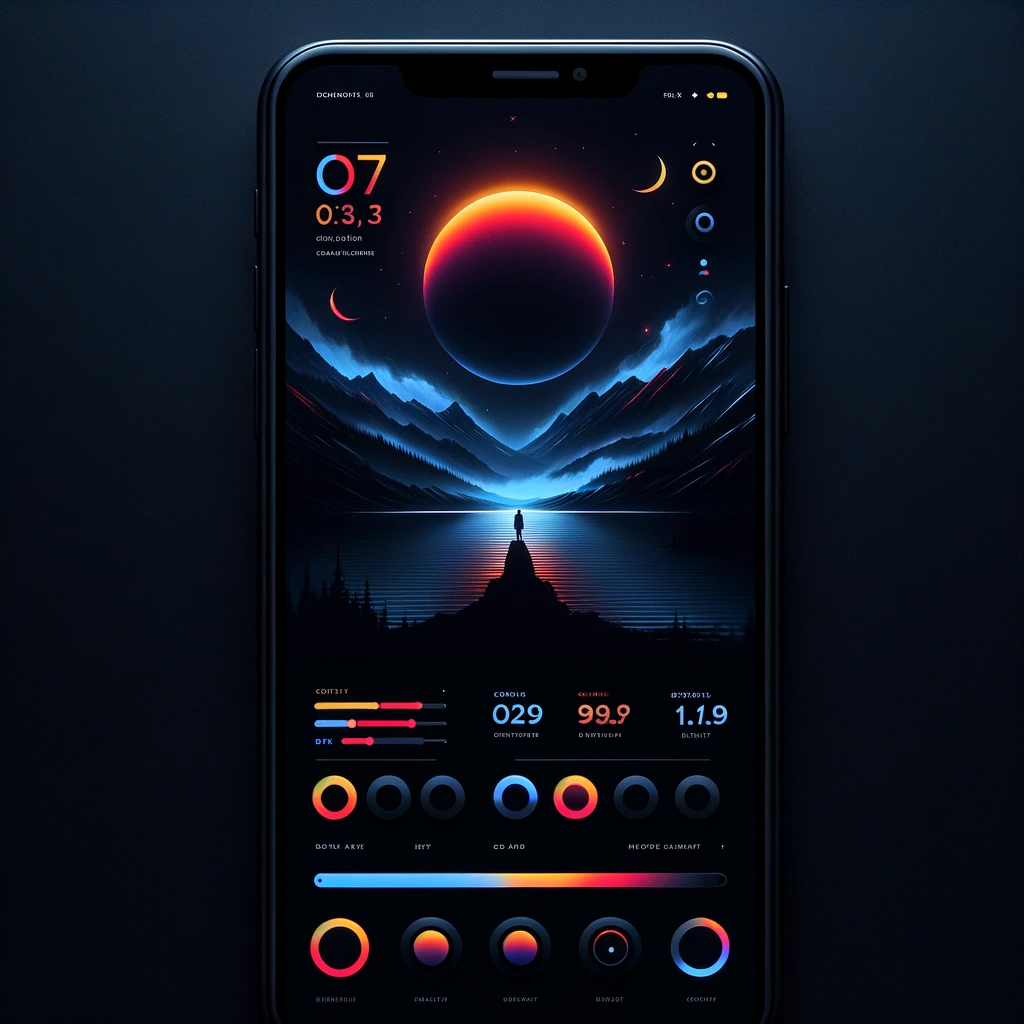
1. Embrace Dark Mode
Dark mode has gone from a trend to a standard feature in UX UI design. It’s not just aesthetically pleasing; it reduces eye strain and saves battery life. When designing a dark mode, ensure that it’s not just an inversion of light mode. Pay attention to contrast ratios and color saturation to ensure readability and visual comfort.
2. Prioritize Accessibility with UX UI Design
Accessibility isn’t an option; it’s a necessity. Design your UIs with all users in mind, including those with disabilities. This means considering color contrasts, text sizes, voice controls, and keyboard navigation. Tools like WCAG (Web Content Accessibility Guidelines) can guide you to create more inclusive designs.
3. Use Advanced Animation
Animations can enhance user experience when used correctly. In 2024, leverage advanced animation techniques to guide users, provide feedback, and add a layer of interactivity. Remember, the key is subtlety – overdoing it can lead to distractions or even performance issues.
4. Implement 3D Elements
With the rise of AR and VR, incorporating 3D elements in UX UI design is becoming increasingly popular. They add depth and realism, offering an immersive experience. However, ensure that these elements don’t hinder usability and are well integrated with the rest of the design.
5. Focus on Voice-Enabled Interfaces
Voice user interfaces (VUIs) are on the rise. With the increasing use of voice assistants, integrating voice commands into your UI can significantly enhance usability. Design for voice should be natural, conversational, and context-aware.
6. Keep UX UI Design Minimalistic
Simplicity is key in modern UI design. Minimalistic designs with clean lines, ample white space, and limited color palettes can help users focus on what’s important without unnecessary distractions. Remember, minimalism doesn’t mean boring; it means functional yet attractive.
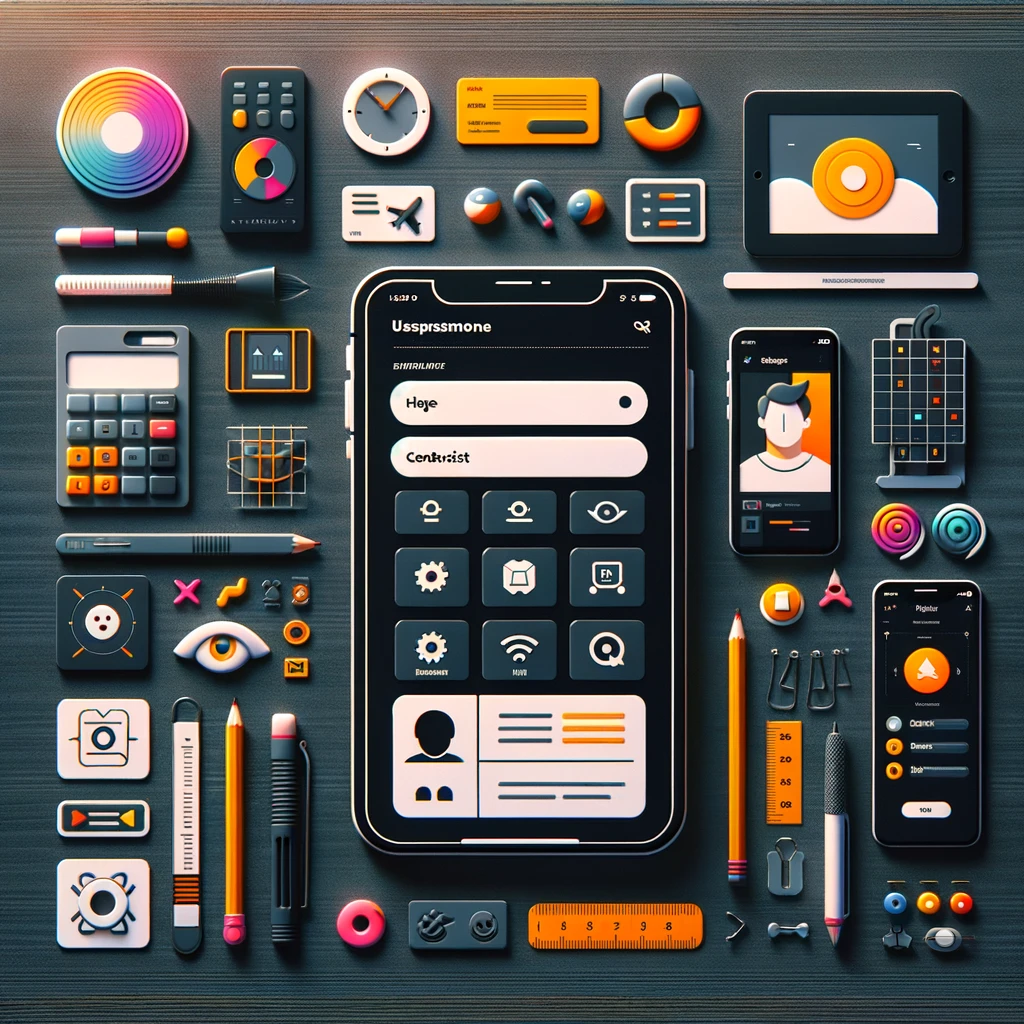
7. Adaptive and Responsive Designs
In 2024, designing for multiple devices is non-negotiable. Your UX UI design should look good and function well on any screen size. This includes not just mobile phones and desktops but also tablets, wearables, and even smart home screens.
8. Integrate Social Media Seamlessly in your UX UI Design
Social media integration is essential for modern UIs. Whether it’s for sharing content or signing in, make these integrations seamless and intuitive. Ensure that the social media elements align with your design language and don’t disrupt the user journey.
9. Use Psychological Principles in UX UI Design
Understanding psychological principles can significantly improve UI design. Use colors, shapes, and layouts that evoke the right emotions and actions. For example, blue can instill trust, and circular shapes are often seen as friendly and welcoming.
10. Stay Informed and Flexible
Lastly, the world of UX UI design is always changing. Stay informed about the latest trends, tools, and technologies. Be flexible and ready to adapt your designs to meet evolving user needs and technological advancements.
Conclusion
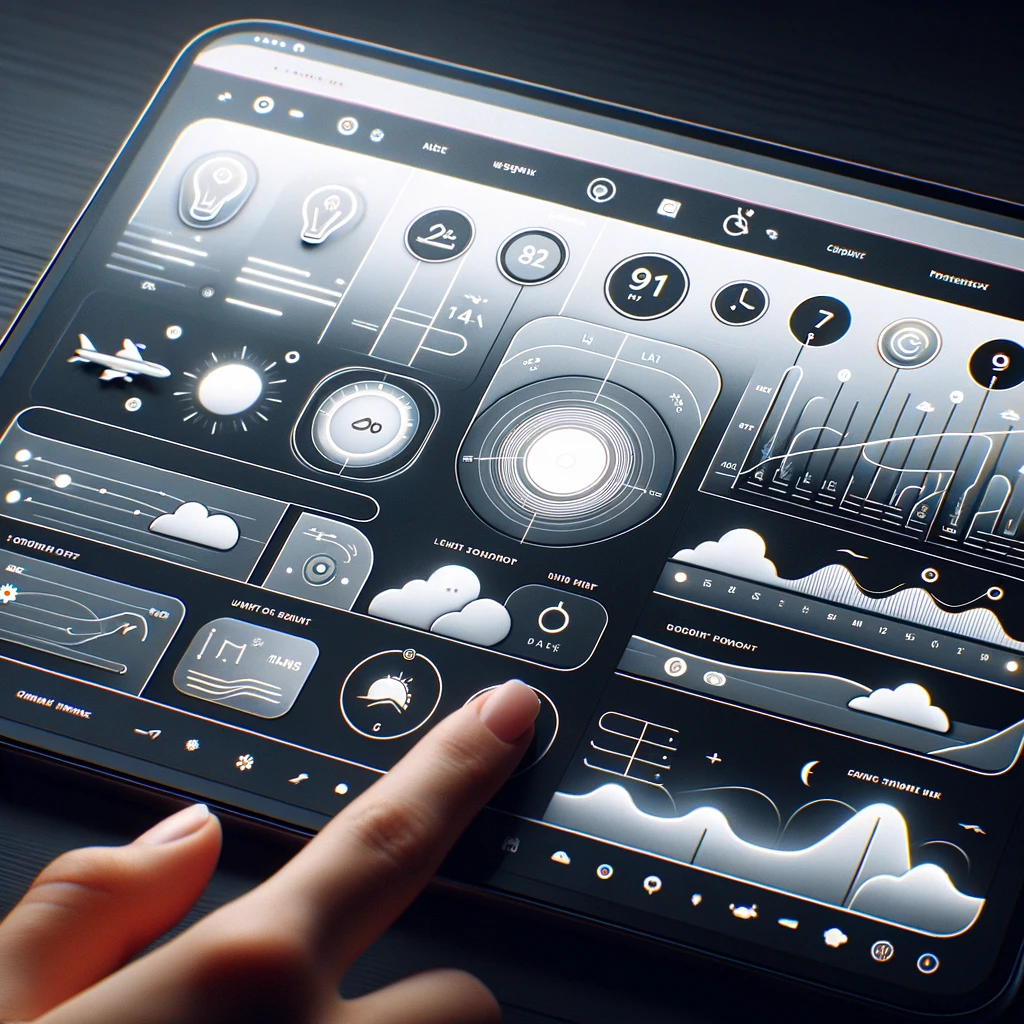
In conclusion, effective UX UI design in 2024 hinges on a harmonious blend of aesthetics, functionality, and user-centric approaches. As designers, it’s crucial to remain agile and receptive to the rapidly evolving landscape of technology and user preferences. Prioritizing accessibility and inclusivity, adopting new technologies like 3D elements and voice interfaces, and adhering to minimalist principles are key to crafting engaging and efficient user experiences. Additionally, integrating psychological principles and ensuring seamless social media incorporation can significantly elevate the usability and appeal of your designs. Most importantly, staying informed and adaptable in the face of emerging trends and shifting user expectations is essential for creating UI designs that are not just contemporary but also future-ready and universally appealing.



